Cardiopulmonary Resuscitation (CPR) is not just a set of actions; it’s a scientifically backed intervention designed to restore blood circulation and oxygenation to vital organs. In this guide, we’ll delve into the science behind CPR, unraveling the mechanisms that make it a crucial life-saving technique.
1. Understanding the Goal of CPR
CPR aims to maintain essential blood flow to the brain and other vital organs when the heart has stopped beating or is not pumping effectively. By doing so, CPR buys valuable time until professional medical help arrives.
2. Chest Compressions: The Pumping Action
a. Creating Artificial Blood Flow:
Chest compressions act as an artificial pump, applying pressure to the chest and compressing the heart. This action circulates blood throughout the body, delivering oxygen to organs and tissues.
b. Maintaining Oxygen Supply:
The compressions maintain a flow of oxygenated blood to the brain, preventing neurological damage during a cardiac emergency.
3. Rescue Breaths: Oxygenation of the Body
a. Supplying Oxygen to the Lungs:
Rescue breaths involve providing a source of oxygen to the lungs, which is then circulated throughout the body during chest compressions.
b. Clearing Carbon Dioxide:
By delivering breaths, rescuers help remove carbon dioxide from the body, preventing its accumulation and maintaining a proper acid-base balance.
4. Integration with Automated External Defibrillators (AEDs)
a. Restoring Normal Heart Rhythm:
AEDs analyze the heart’s rhythm and deliver a shock if necessary. This can help restore a normal heart rhythm, particularly in cases of ventricular fibrillation.
b. Enhancing the Effectiveness of CPR:
AED use, combined with CPR, increases the chances of successfully restarting the heart and improving overall survival rates.
5. The Chain of Survival: A Systematic Approach
CPR is part of the broader “Chain of Survival,” a systematic approach that includes early recognition, early CPR, early defibrillation, and advanced medical care. This coordinated chain maximizes the chances of survival.
6. ByGrace CPR Compliance: Science-Backed Training
At ByGrace CPR Compliance, our training programs are rooted in the science behind CPR. We provide comprehensive education on the mechanisms of CPR, ensuring individuals understand the importance of each action in the life-saving process.
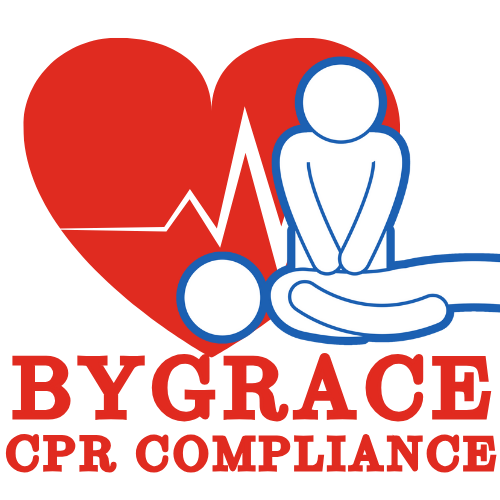
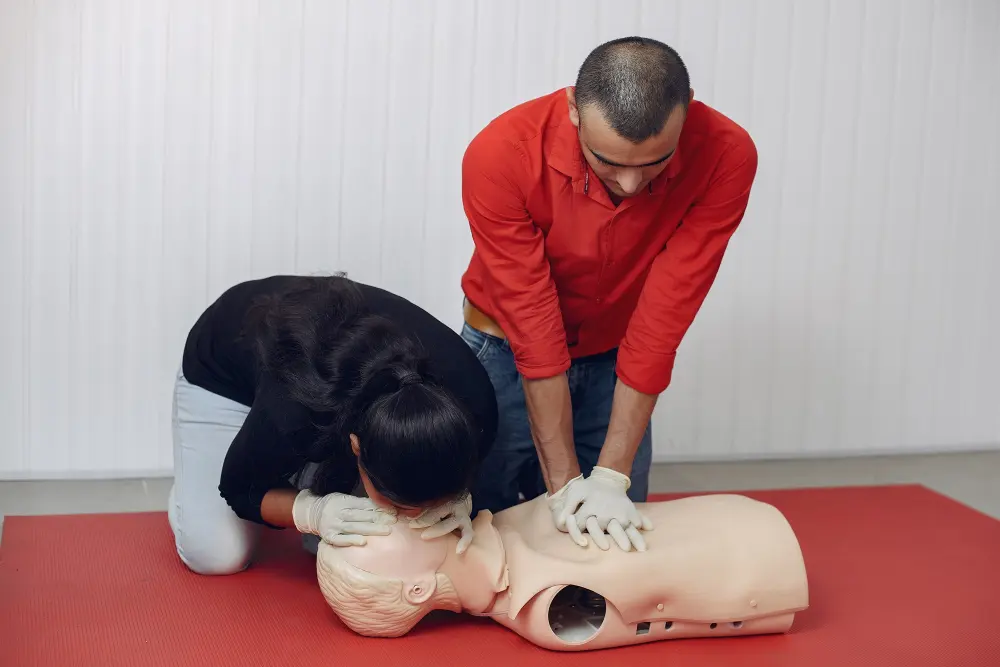
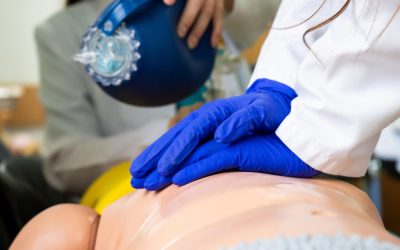
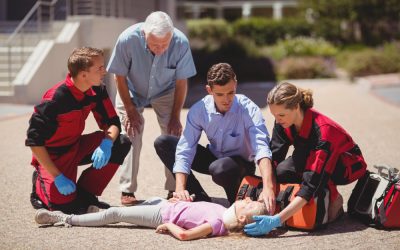
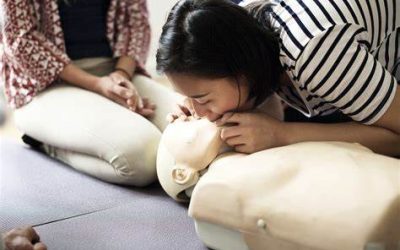
0 Comments